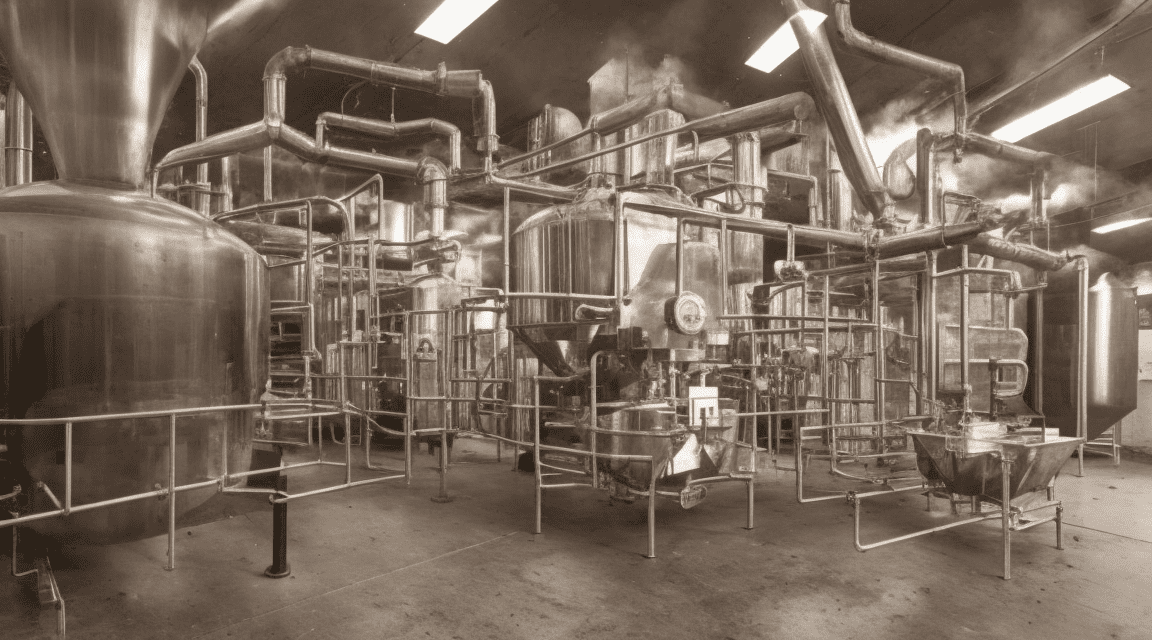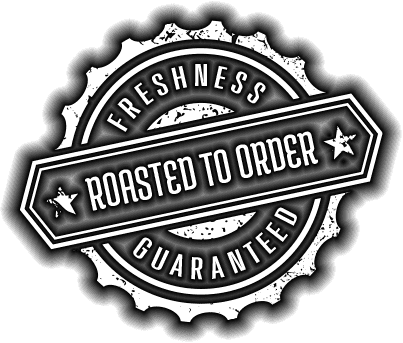Roasting the Perfect Cup: Unleashing the Art and Science of Coffee Roasting
Coffee lovers understand the importance of a perfectly roasted cup of coffee. It’s a skill that transforms raw, green coffee beans into aromatic and flavorful beans ready for brewing. Coffee roasting is both an art and a science, as it involves understanding the nuances of flavor profiles and the chemical reactions that occur during the roasting process. In this article, we will explore the art and science behind coffee roasting and provide tips and tricks for achieving the perfect roast.
Introduction
Roasting coffee is the process of applying heat to coffee beans to transform them from their raw, grassy state into the aromatic, flavorful beans we all love. The roasting process imparts complex flavors and aromas by breaking down carbohydrates, fats, and proteins present in the beans. It is a delicate balance between time, temperature, and the desired flavor profile.
The Basics of Coffee Roasting
Before we dive into the intricacies of coffee roasting, let’s start with the basics. There are two primary types of coffee beans: Arabica and Robusta. Arabica beans are known for their delicate flavor profiles and higher acidity, while Robusta beans have a stronger, bolder flavor and higher caffeine content.
Additionally, each coffee bean has a unique origin, such as Brazil, Colombia, or Ethiopia, which contributes to its distinct flavor characteristics. Understanding the origin and type of coffee beans you’re working with is essential for achieving the desired flavor in your roast.
Selecting the Right Beans
The first step in roasting the perfect cup of coffee is selecting the right beans. Look for high-quality, freshly harvested beans that are either grown sustainably or sourced from reliable suppliers. The freshness of the beans plays a significant role in the flavor and aroma of the final product.
Consider reaching out to a local coffee roaster or supplier who can provide you with freshly roasted beans. The Brisk Difference, located in various cities, offers the freshest coffee and a wide selection of beans sourced from around the world. You can find more information about their offerings and contact them at the-brisk-difference.
The Roasting Process
Once you have selected the right beans, it’s time to dive into the roasting process. Roasting coffee involves carefully controlling time, temperature, and airflow to achieve the perfect roast. Let’s break down the various stages of the roasting process:
- Drying Phase: The coffee beans start off green and contain moisture. In this initial phase, the heat removes the remaining moisture, and the beans turn yellow. The drying phase typically lasts for a few minutes.
- Caramelization Phase: As the temperature continues to rise, the beans undergo a chemical reaction known as caramelization. The beans will darken, and their sugars begin to break down, resulting in flavor development. This phase contributes to the pleasant sweetness and aroma of the coffee.
- First Crack: The first crack is an audible sound produced by the beans as the heat causes them to expand and release CO2. It marks the beginning of the development stage and is a crucial point to determine the desired roast level.
- Development Phase: In this phase, the beans continue to expand and darken. The roaster must carefully monitor the time and temperature to achieve the desired roast level, whether it be light, medium, or dark.
- Second Crack (Optional): For dark roast enthusiasts, the second crack is a stage that occurs after the first crack, where the beans crack again due to heat and expansion. This phase imparts a deep and smoky flavor to the coffee.
- Cooling and Resting: Once the desired roast level is achieved, the beans need to be cooled rapidly to halt the roasting process. After cooling, it’s essential to let the beans rest for a period of time to allow the flavors to fully develop and stabilize before grinding and brewing.
Mastering the Art of Flavor Profiles
One of the fascinating aspects of coffee roasting is the ability to manipulate flavor profiles. The timing and temperature during the roasting process can greatly influence the acidity, body, sweetness, and overall flavor of the coffee.
Here are a few popular flavor profiles and their characteristics:
- Light Roast: This roast level brings out the delicate flavors and natural acidity of the beans. It is characterized by a light body, bright acidity, and floral or fruity notes.
- Medium Roast: Medium roasts strike a balance between the flavors of the beans and the roasting process. They have a medium body, milder acidity, and a blend of caramel and fruity notes.
- Dark Roast: Dark roasts are bold and rich, with flavors of chocolate, nuts, and caramel. They have a full body and lower acidity due to the prolonged roasting process.
Experimenting with different roast levels and flavor profiles is key to finding your perfect cup of coffee. Remember to note the time, temperature, and desired flavor characteristics to replicate the roast consistently.
Understanding the Science Behind Roasting
Coffee roasting is not just an art, but also a science. Chemical reactions occur during the roast, transforming the compounds within the coffee beans and creating the unique flavors and aromas we enjoy.
One crucial chemical reaction is the Maillard reaction, where the amino acids and sugars present in the beans combine under high heat to produce complex flavors and aromas. This reaction is responsible for the caramelization and browning of the beans.
Temperature plays a significant role in the roasting process, affecting the rate of chemical reactions and the development of flavors. Understanding the science behind roasting allows you to have better control over the process and achieve consistent results.
Tips and Tricks for the Perfect Roast
Here are some tips and tricks to help you achieve the perfect roast:
- Invest in a quality coffee roaster or work with a reputable coffee supplier who can provide freshly roasted beans.
- Experiment with different roast levels and flavor profiles to discover your preferences.
- Keep detailed notes of time, temperature, and flavor characteristics to replicate successful roasts.
- Ensure proper airflow during the roasting process to prevent uneven roasting.
- Allow the roasted beans to rest for at least 24 hours before grinding and brewing to fully develop their flavors.
Conclusion
Roasting coffee is a skill that combines the art of flavor profiles with the science of chemical reactions. Understanding the basics of coffee roasting, selecting the right beans, and mastering the roasting process will enable you to create the perfect cup of coffee every time. With practice and experimentation, you can unlock the full potential of coffee beans, unleashing their rich aromas and flavors that will surely delight your taste buds.
For the freshest coffee and a wide selection of beans, consider reaching out to The Brisk Difference. You can find more information about their offerings and contact them at the-brisk-difference. So, indulge in the art and science of coffee roasting, and elevate your coffee experience to new heights.
< Back to Blog


